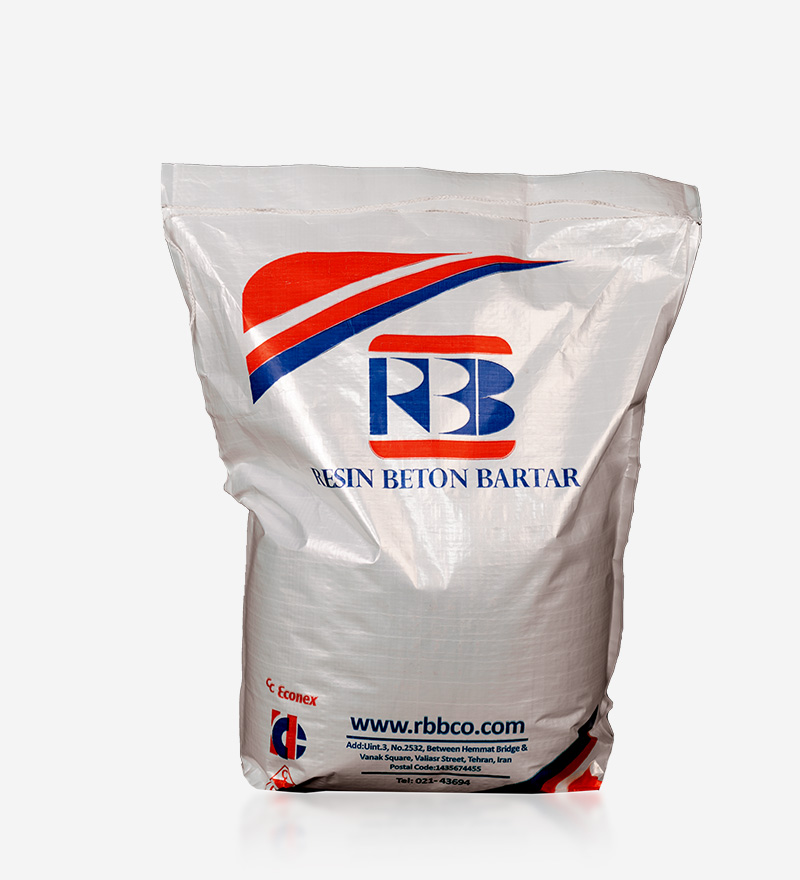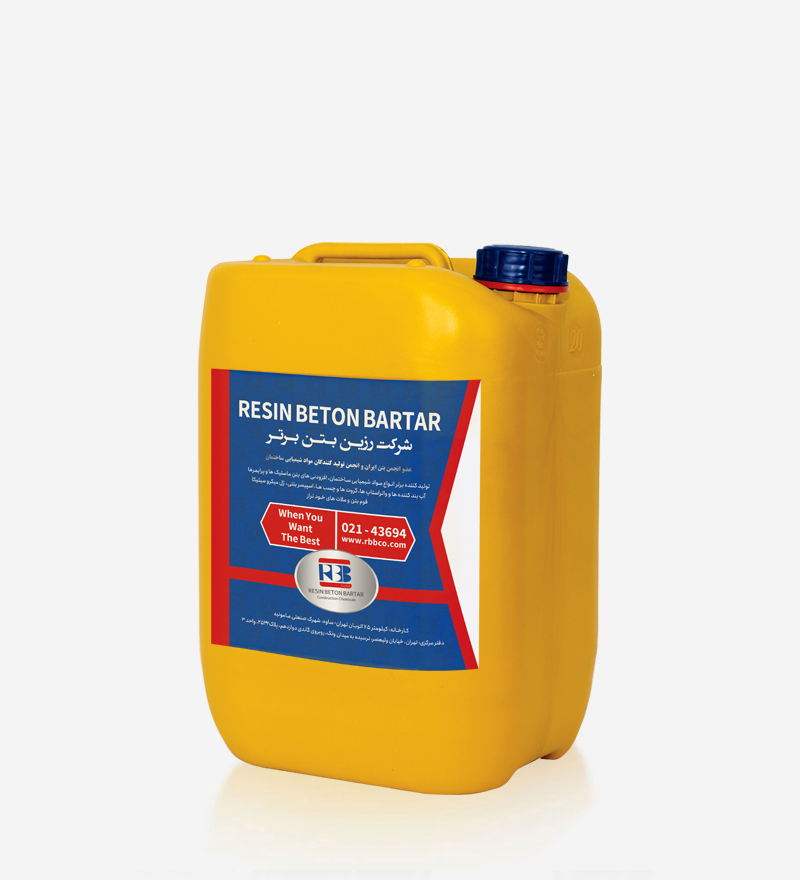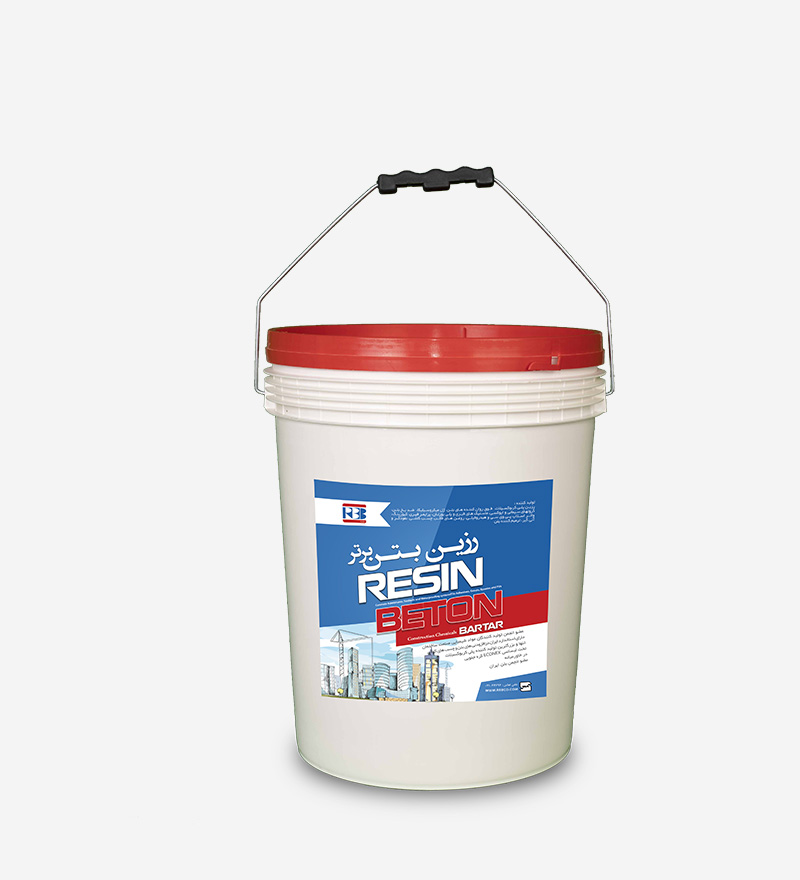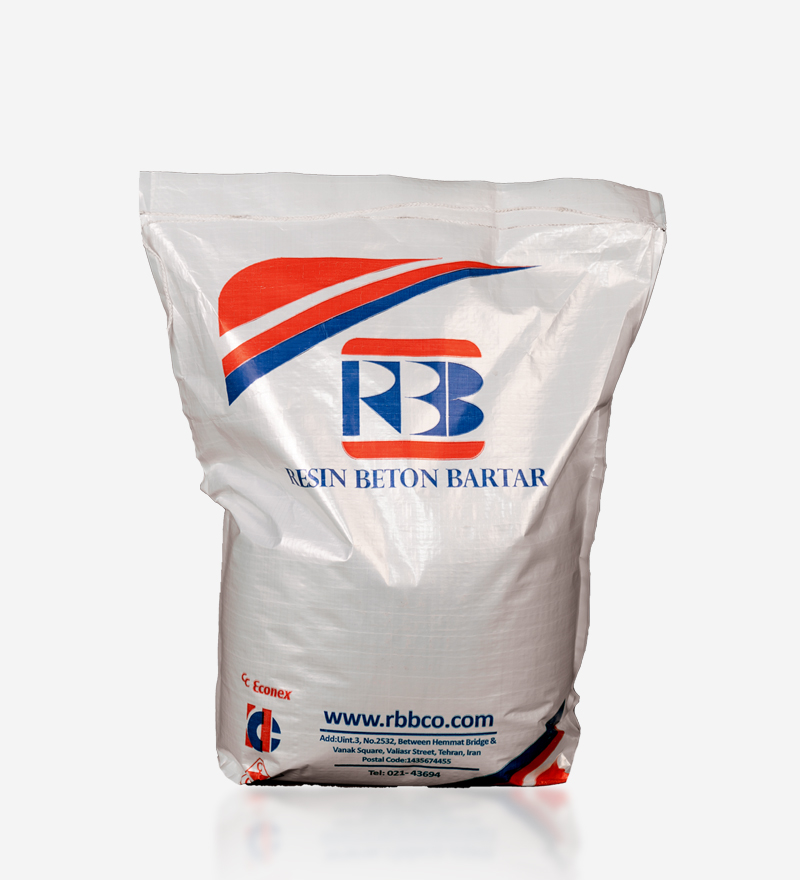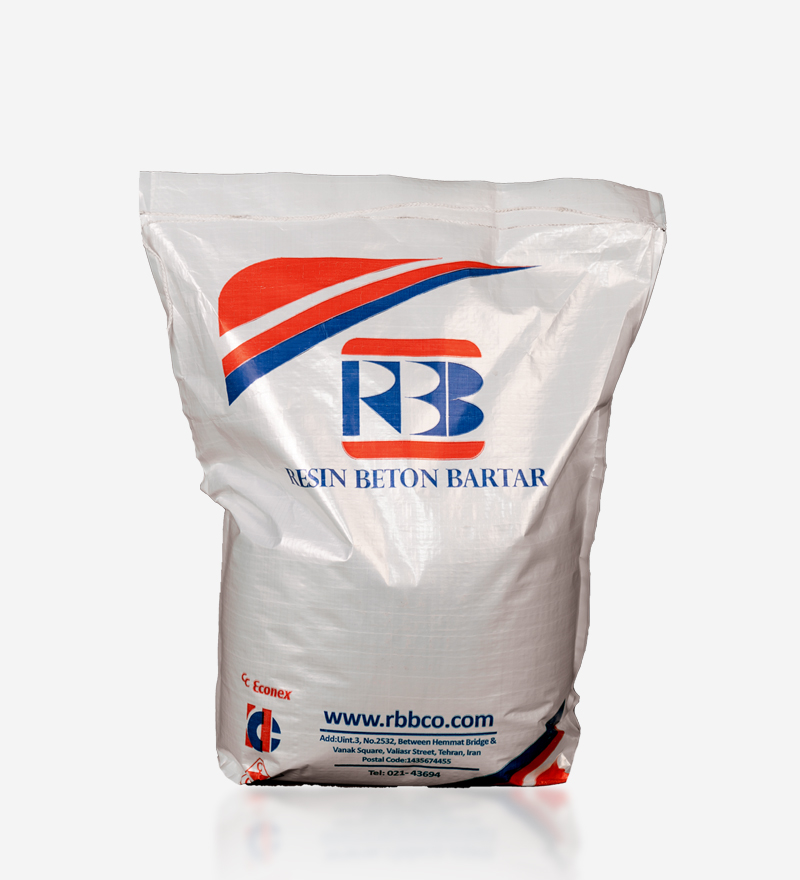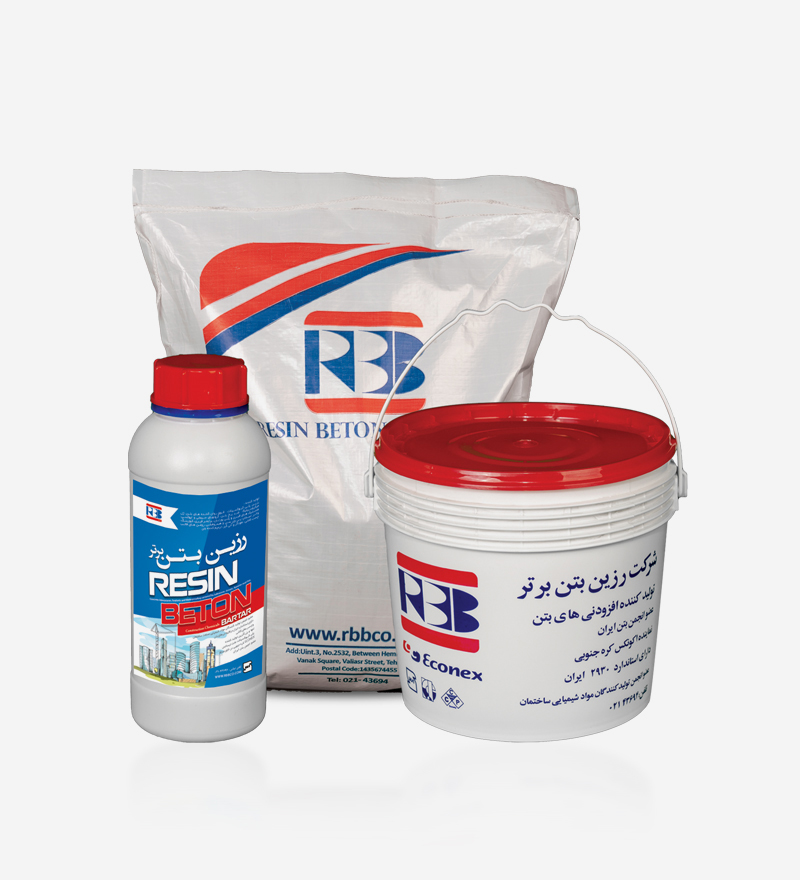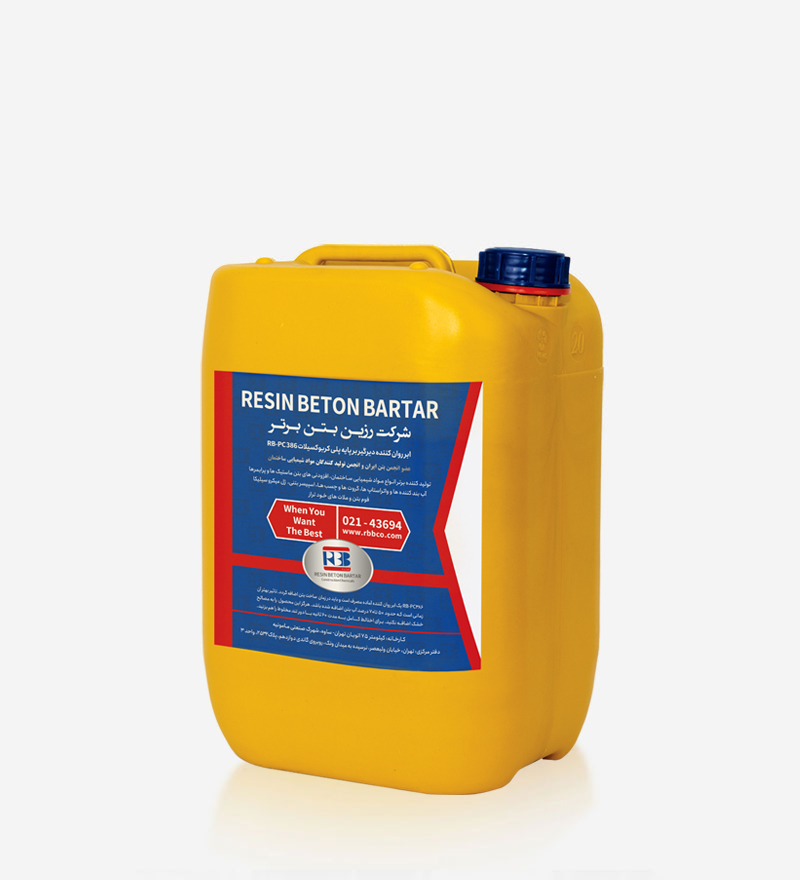RB-RG
RB-RG is General purpose non-shrink cementitious grout
Product Description
Uses
RB-RG is used for general purpose, non-shrink cementitious grouting of gap thicknesses 10 to 75 mm.
Recommended applications at flowable consistency include stanchion base plates, bolt pockets and void filling. At trowellable consistency RB-RG is recommended for bedding load bearing components.
Advantages
- Non-shrink
- Simply add correct quantity of water
- Can be used at flowable or trowellable consistency Chloride free
- Non-staining
Description
RB-RG is supplied as a ready to use dry powder. The addition of a controlled amount of clean water produces a
flowing non-shrink grout for gap thicknesses 10 to 75 mm.
RB-RG is a blend of Portland cements, graded fillers and chemical additives. The low water demand ensures high early strength. The graded filler is designed to assist uniform mixing and produce a consistent grout.
Specification clauses
Performance specification
It shall be mixed with clean water to the required consistency. The grout must not bleed or segregate.
A volumetric expansion of up to 1% shall occur while the grout is plastic by means of a gaseous system.
The compressive strength of the grout must reach 40 N/mm² at 7 days and 60 N/mm² at 28 days.
The storage, handling and placement of the grout must be in strict accordance with the manufacturer’s instructions.
Properties
The following results were obtained at flowable consistency (ie 4.5 litres of water per 25 kg bag) and at a temperature of 20°C.
| typical result | Test method for |
| 16N/mm2@1day
42N/mm2@7days 64N/mm2@28days |
compressive strength: |
| 7.0N/mm2@7days
13.0N/mm2@28days |
flexural strength: |
|
15 minutes 2 hourse |
time for expansion —
start: Finish: |
| Approximately 2170 kg/m3 depending on actual consistency used | Fresh wet density: |
| an expansion of up 1% overcomes plastic settlement in the unset material | Expansion characteristics: |
Foundation surface
The substrate surface must be free from oil, grease or any loosely adherent material. If the concrete surface is defective or has laitance, it must be cut back to a sound base. Bolt holes and fixing pockets must be blown clean of any dirt or debris.
Pre-soaking
For a minimum of 2 hours prior to grouting, the area of cleaned foundation should be flooded with fresh water. Immediately before grouting takes place any free water should be removed with particular care being taken to blow out all bolt holes and pockets.
Base plate
It is essential that this is clean and free from oil, grease or scale. Air pressure relief holes should be provided to allow venting of any isolated high spots.
Levelling shims
If these are to be removed after the grout has hardened, they should be treated with a thin layer of grease.
Formwork
The formwork should be constructed to be leakproof. This can be achieved by using foam rubber strip or Silicone Sealant beneath the constructed formwork and between joints.
In some cases it is practical to use a sacrificial semi-dry sand and cement formwork. The formwork should include outlets for pre-soaking.
Unrestrained surface area
This must be kept to a minimum. Generally the gap width between the perimeter formwork and the plate edge should not exceed 150 mm on the pouring side and 50 mm on the opposite side. It is advisable where practical to have no gap at the flank sides.
Mixing
For best results a mechanically powered grout
mixer should be used. When quantities up to 50 kg are used, a 280/640 rpm, drill fitted with a mixing paddle is suitable. Larger quantities will require a high shear vane mixer. Do not use a colloidal impeller mixer.
To enable the grouting operation to be carried out continuously, it is essential that sufficient mixing capacity and labour are available. The use of a grout holding tank with provision to gently agitate the grout may be required.
The selected water content should be accurately measured into the mixer. The total contents of the RB-RG bag should be slowly added and continuous mixing should take place for 5 minutes. This will ensure that the grout has a smooth even consistency.
Consistency of grout mix
The quantity of clean water required to be added to a 25 kg bag to achieve the desired consistency is given below.
| 3.4 to 3.6 litres | trowallable: |
| 4.0 to 4.5 litres | Flowable: |
Placing
At 20°C place the grout within 20 minutes of mixing to gain the full benefit of the expansion process.
RB-RG can be placed in thicknesses up to 75 mm in a single pour when used as an underplate grout. For thicker sections it is necessary to use RB-RS (thick section) grout.
Any bolt pockets must be grouted prior to grouting between the substrate and the base plate.
Continuous grout flow is essential. Sufficient grout must be prepared before starting. The time taken to pour a batch must be regulated to the time to prepare the next one.
When the RB-RG has reached trowelable consistency, the unrestrained portion should be cut back to the baseplate/ bearing plate.
Typical hopper system
Pouring should be from one side of the void to prevent any air or pre-soaking water becoming trapped under the base plate. It is advisable to pour the grout across the shortest distance of travel.
The grout head must be maintained at all times so that a continuous grout front is achieved.
Removable hopper: For larger pours the grout may be hand placed or pumped into a removable hopper (trough)
RB-RG poured into
removable hopper (second stage)
Curing
On completion of the grouting operation, exposed areas should be thoroughly cured with Concure curing membrane, continuous application of water and/or wet hessian.
Cleaning
RB-RG should be removed from tools and equipment with clean water immediately after use. Cured material can be removed mechanically.
Supply
RB-RG is supplied in 25 kg bags.
Yield
Allowance should be made for wastage when estimating quantities required. The approximate yield per 25 kg bag is:
| Flowable | Trowellable | Consistency |
| 13.25 litres | 12 litres | Yield: |
Limitations
Low temperature working
When the air or contact surface temperatures are 5°C or below on a falling thermometer, warm water (30°C to 40°C) is recommended to accelerate strength development.
For ambient temperatures below 10°C the formwork should be kept in place for at least 36 hours.
Normal precautions for winter working with cementitious materials should then be adopted.
High temperature working
At ambient temperatures above 35°C cool water (below 20°C) should be used for mixing the grout prior to placement.
Storage
Store unopened bags in cool dry internal conditions.
RB-RG has a shelf life of 12 months if kept in a dry store in sealed bags. If stored in high temperature and high humidity locations the shelf life may be reduced to less than 6 months.
Precautions
Health and safety
For further information refer to appropriate Product Safety Data Sheet.
Fire
RB-RG is non-flammable.


